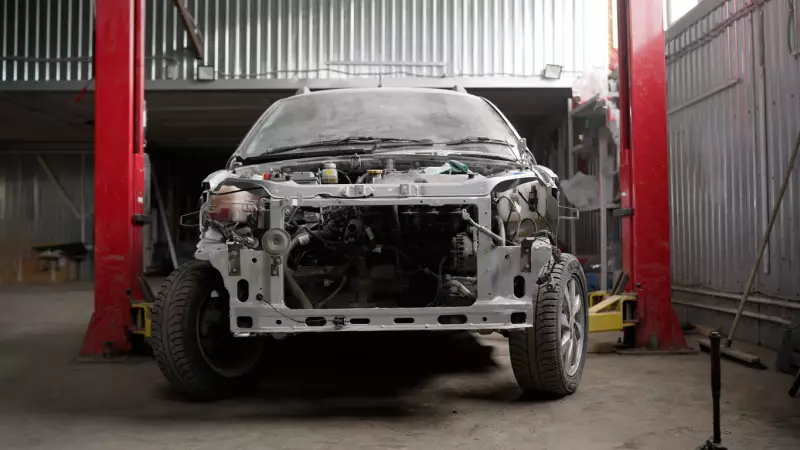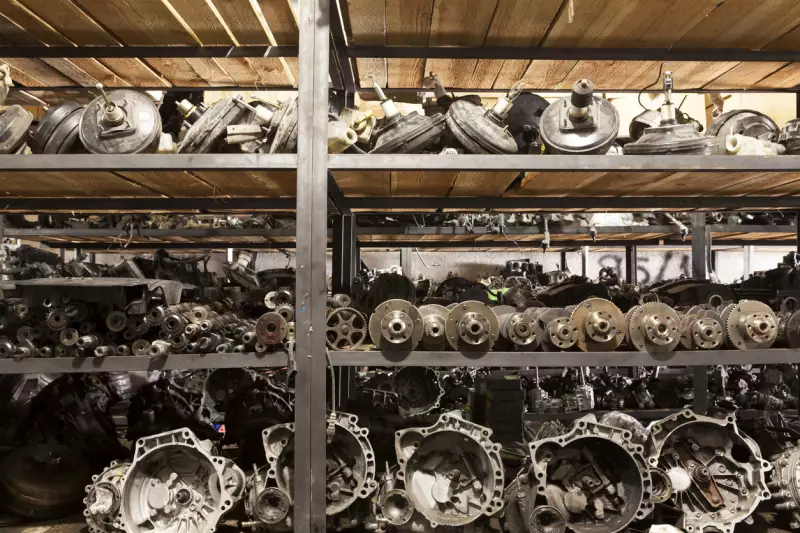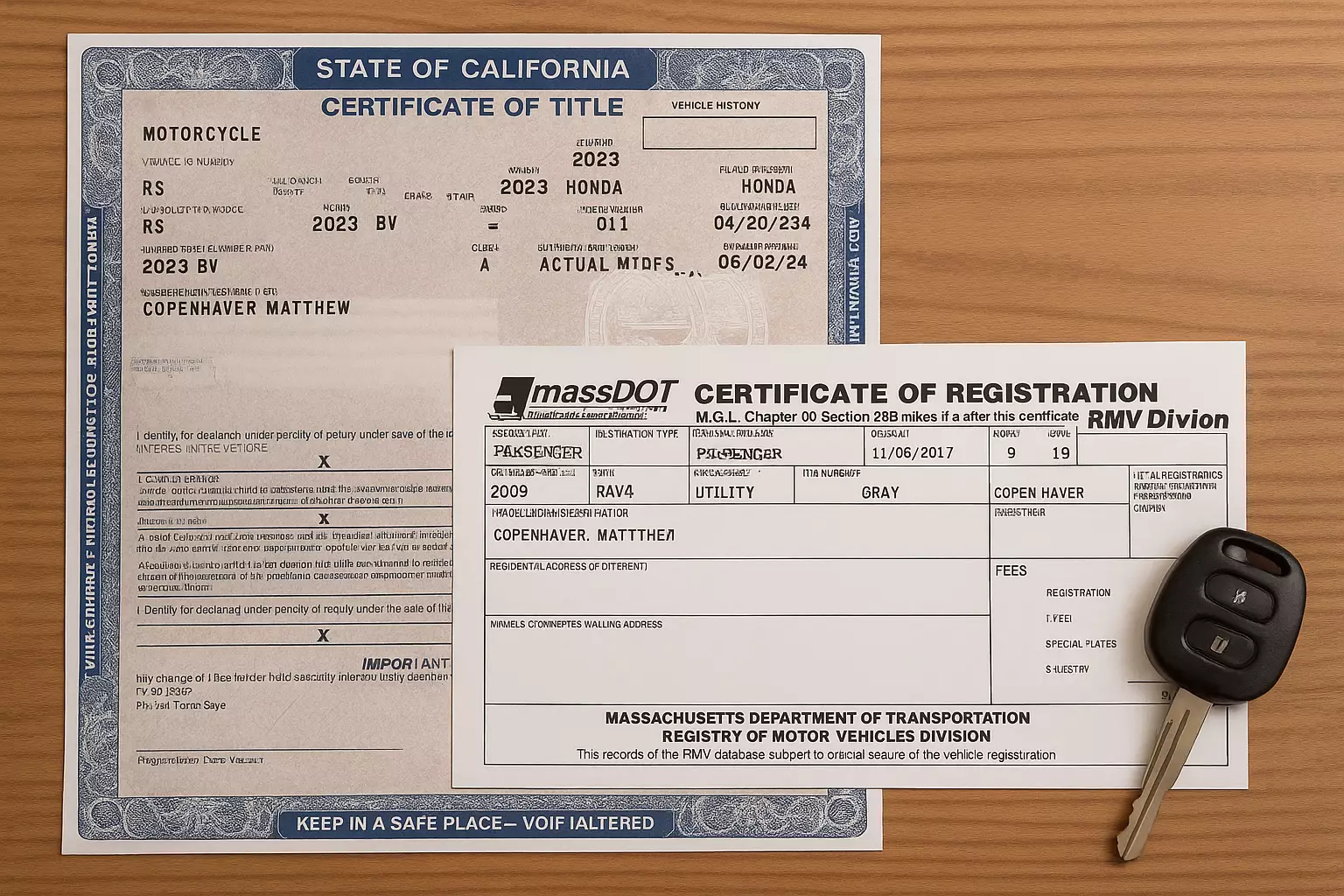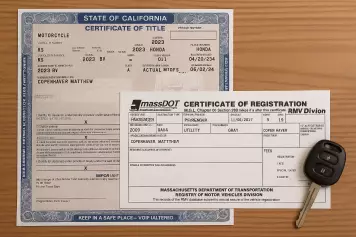When a car reaches the end of its life or becomes too costly to repair, selling it for parts can be a practical and profitable solution. Whether the vehicle has been in an accident, has significant mechanical issues, or is simply old and worn out, selling it for parts allows you to maximize its value. Instead of dealing with the hassle and expense of trying to sell a non-functional car as a whole, you can sell individual components to buyers who need them, often making more money in the process.
How to Sell Your Car for Parts
Every car and truck eventually ends up at an auction yard, usually as a total loss crash, a run-down hunk of rusty metal in the garage, or in such disrepair that it is not worth trading in. With a few tools and valuable experience, you can make extra cash by breaking down the car and selling each part to the highest bidder at targeted marketplaces.
Starting with your run-down car in the garage, determine if selling car parts for profit is a viable option by taking inventory of the vehicle and what individual parts offer the highest resale value.
Assess The Car’s Condition
The first step is to take a detailed inventory of the vehicle. Do not overlook small, innocuous parts that seem like they have no value. The automotive industry is a supply-and-demand business. Parts that may not be selling this month could be in high demand the next.
Experienced mechanics are invaluable in determining which parts are best for resale and at the right price.
Prepare The Car

One of the first factors in developing a successful in-home business is preparing the vehicle for breakdown and stripping the parts.
- Remove all personal possessions; look in the glove box, under the seats, and especially the trunk.
- Drain all the fluids from the vehicle, including engine and transmission fluids and radiator. Bleed the brake lines, master cylinder and empty the window washing reservoir.
- Thoroughly steam clean the engine, rotors, calipers, wheel wells, and undercarriage.
Advertise The Parts
High-resolution photographs, along with an intriguing description, are the keys to selling car parts. Quality visuals reassure buyers of the authenticity and condition of each part. To enhance clarity and detail, you can use a free HD photo converter before uploading your images, making sure each photograph is crystal clear with different angles of every vital side.
Educate and empower your customers by producing genuine descriptions of each car or truck part. Describe the condition in detail and write how the part is used with each engine, transmission, and so on. If needed, describe how the part should be installed and what tools may be needed.
Seek out and establish accounts on some of the largest e-commerce sites on the internet. These sites include eBay, Amazon, Facebook Marketplace, Carsforsale, Partsgeek, and many more. Make sure you are using spreadsheets to keep your organization under control.
Depending on age and condition, compare your product to new, and if you are unsure of the price, ask for quotes from salvage yards, local buyers, and a trusted mechanic.
Where To Sell a Car for Parts
Choose where to sell each part carefully, resisting the temptation to sell the component on as many marketplaces as possible. This may confuse buyers looking for that specific part. Build a reputation on sites such as eBay and Facebook Marketplace. Depending on the part or bundled systems, many makes of cars and trucks have countless blogs and forums that thousands of users follow. There are always classified sections on these forums for selling a dedicated part.
Who Buys Cars for Parts
Catering your advertising to the people or group most likely to purchase is another key to success in the car business. If you are reselling parts for a vintage car or truck, look for the thousands of blogs and forums that detail their interest in that make and model.
Commercial mechanics, home mechanics, and anyone who loves tinkering with an automobile or truck are always looking for a deal on the parts they need to rebuild or repair their vehicle.
How Much Can You Sell Your Car for Parts?
One of the most critical factors in determining a competitive price for a car part is its condition, the age of the vehicle, and, most importantly, mileage.
Make certain you understand fixed costs such as shipping costs, e-commerce fees, and the percentage of the transaction fee some websites charge. Is the part a vintage unit, or is it to be used on a new car? Make sure you understand the inherent market for the parts you are selling.
Condition and crystal-clear photographs influence how quickly the parts sell. Since buyers value parts that arrive safely and look professional, investing in custom safe packaging can make a significant difference. It not only protects the part during delivery but also adds a professional touch that can increase buyer confidence and help you command a better price."
Estimating Total Value
Each of these used car parts is highly dependent on age, model, year, and condition. The car business is based on supply and demand, and so is each vehicle part.
- Engines: four to eight cylinders - $2,000 to $7,000
- Salvaged, remanufactured, and rebuilt transmissions: $1300 to $3400
- Rims and tires: $125.00 a piece or $3000.00 per set
- Radiators: $40 to $150.00
- Brakes and Pads: $50.00 to $200.00
New cars will most likely have a higher demand, while vintage and older vehicles rely on harder-to-find parts and systems.
Bundling Smaller Parts
As you initially start removing parts from your vehicle, bundle smaller systems such as the brake master cylinder, brake drum, and brake lines. Keep all these parts together, selling them as a complete unit. Other systems to consider are the wheel calipers, disc brakes, hydraulics, brake shoes, and rotors. Wheels, tires, and complete engines should always be sold together, thoroughly researched, and detailed before being offered for sale.
Offer Discounts for Bulk Purchases
Offer larger discounts to those buyers who purchase in bulk. Consider advertising your products as a single unit and also bundled systems. Offering a lot of parts together clears your inventory and keeps money coming in the door. Successful businesses in the automotive industry do their best to turn over their inventory at least once a month.
The Smart Way to Profit: Sell Your Car for Parts

The car business is a highly competitive and cutthroat industry with high rewards. Anyone who has talent with a wrench can make a good living or, at the very least, an excellent side gig. Acquiring total loss vehicles and selling the parts for an extreme profit is an easy business venture to get into, and there are always plenty of total loss vehicles for sale.








![Best Sites to Check a Car’s History [2025 Review]](https://media.infopay.net/thumbnails/K8lMeG2QLjE46LPqZlmoi6SunKKdT5qvlaRZk6e1.webp)










![Best Sites to Check a Car’s History [2025 Review]](https://media.infopay.net/thumbnails/K8lMeG2QLjE46LPqZlmoi6SunKKdT5qvlaRZk6e1-w356.webp)
